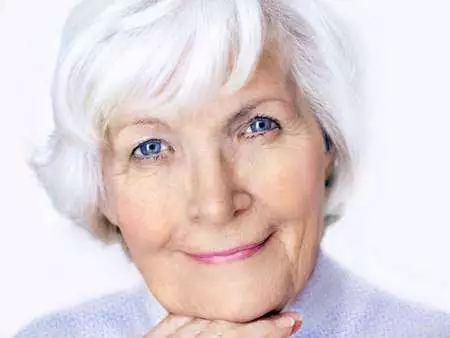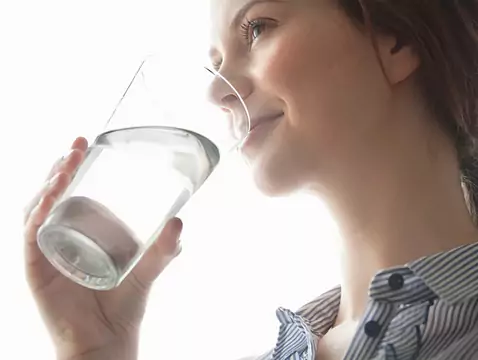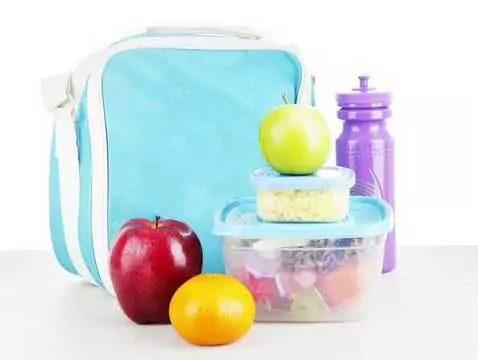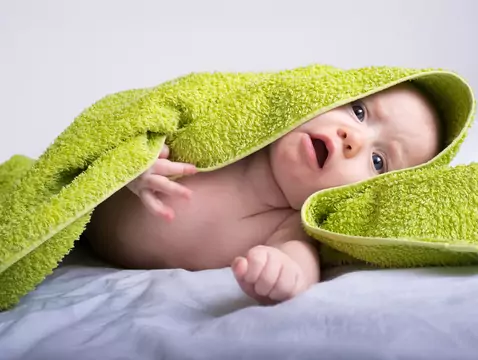The proper functioning of our skeletal system depends on many factors, including physical activity and a good diet. In this context, calcium and vitamin D are important components of daily meals to help maintain strong and healthy bones.
The importance of physical activity
Physical exertion undoubtedly has a positive effect on the health of our bones. A factor that accelerates bone mineralisation, especially in children and adolescents, is muscle work and the final strain of lifting weights, jumping or running. Physical activity also develops the muscles surrounding the bones. In contrast, immobilisation in a plaster cast or a long period spent in bed leads to a loss of bone and muscle mass.
Exercise such as running, rollerblading, cycling, swimming, dancing or even half an hour of brisk walking increases bone density in young people, helps maintain it in adults and slows bone density loss in seniors. For the elderly, regular exercise prevents bone loss, bone structure disorders and falls, which are common causes of fractures.
Interesting examples of exercises to help maintain healthy bones, which you can do yourself at home, can be found at http://calcenato.pl/cwiczenia-dla-zdrowych-kosci
Healthy bones in children and young people
During the first ten years of a person's life, up to 50% of their bone mass is formed. To keep children's bones strong and healthy, it is not enough to provide them with a diet rich in calcium. Running, jumping, catching and throwing, tumbling, but also falling, are activities that strengthen bones and teach children to take control of their bodies. In the case of children and adolescents - holding back too much movement or sitting in front of the television or computer is not good for the bones. Encourage children to be physically active - playground activities, cycling or scootering, playing ball, swimming, dancing and long walks.
Physical education classes at school should not be abandoned. If your child doesn't like them, it may be worth talking to the teacher about adapting them better for your child. The more types of exercise, the more skeletal fitness and endurance your child will have.
Autumn and winter (October to March) are the seasons with limited UV radiation; consider taking vitamin D and calcium supplements for children during this time.
Healthy bones in postmenopausal women and the elderly
In the peri-menopausal period, it is worthwhile to take care of appropriate activity, which must be chosen according to your preferences, age, ability and condition. Swimming, fast marching and cycling are very good for the bones. Recently, Nordic walking has also become popular and is recommended as a healthy form of activity, especially for older people. Movement outdoors additionally ensures contact with sunlight. If you are out in the intense sun for more than 10 minutes, do not forget to apply a sunscreen with UV filter.

photo: pantherstock
However, remember not to overstress your bones. Failure to adapt exercise to your age and abilities can have bad consequences - so use professional advice from specialists and reliable information material.
For older people, falls are very dangerous and can lead to permanent disability. To protect yourself from falls, follow some of the following tips:
Ask your doctor or pharmacist if the medicines you are taking may cause drowsiness, dizziness or imbalance.
Adapt your environment to minimise the risk of falling by removing obstacles:
- ideally, get rid of torn or worn carpets, as well as folds in carpets
- keep frequently used items within easy reach
- always keep drawers closed so that you don't fall over them,
- choose sturdy footwear with thin, non-slip soles,
- it is better to avoid clothing that is too long or too loose.
Healthy bones in athletes
On average, we lose up to 500 ml of fluids per hour of exercise, depending on the intensity of the exercise, the environmental conditions and also our physical condition. Losses are felt in the form of lack of energy, blushing and sweating of the skin. In addition to water, minerals such as calcium, magnesium and sodium are also lost. The loss of calcium can lead to muscle cramps. So make sure you are properly hydrated before training - drink plenty of highly mineralised water before, during and after training to replenish lost minerals.
For more information on bone health supplements, visit www.calcenato.pl. Those who enter the Calcenato Competition available on the website have the chance to win attractive prizes!









